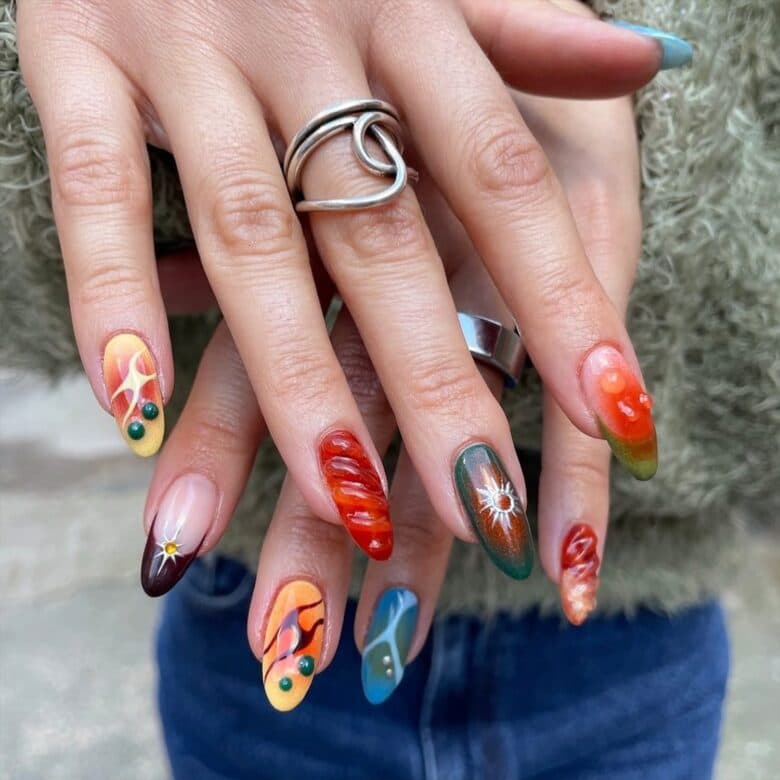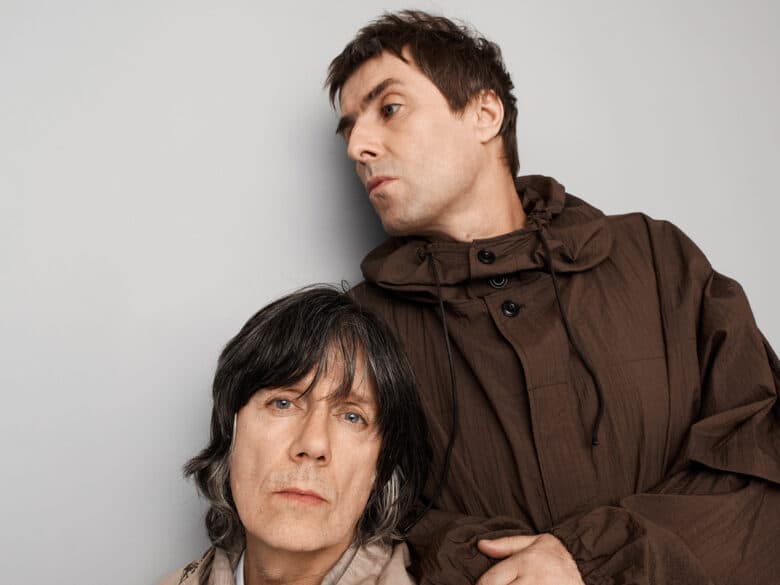During Copenhagen’s Fashion Summit earlier this year, Kering chair and CEO François-Henri Pinault announced he had been selected by French president Emmanuel Macron to establish a set of shared objectives for the fashion industry to work towards.
Three months later, at the G7 Summit in Biarritz last weekend, Macron presented the Fashion Pact, signed by 32 global fashion and textile companies (including roughly 150 brands) all committed to achieving practical objectives together in three areas: climate, biodiversity, and oceans.
The Fashion Pact’s objectives draw on the Science-Based Targets (SBT) initiative and focus on stopping global warming by creating and deploying an action plan for achieving the objective of zero greenhouse gas emissions by 2050, in order to keep global warming below a 1.5°C pathway between now and 2100. The pact also aims at restoring biodiversity by achieving objectives that use Science-Based Targets to restore natural ecosystems and protect species. Its mission is to protect the oceans by reducing the fashion industry’s negative impact on the world’s oceans through practical initiatives, such as gradually removing the usage of single-use plastics.
The commitments have been designed to be embraced by every company involved and backed by cross-sector initiatives, along with the deployment of innovation accelerators. The pact is also open to any company that wants to help to fundamentally transform the practices of the fashion and textile industry, and to meet the environmental challenges of our century.
The coalition is the first of its kind and is currently uniting the biggest names in fashion. To date, it comprises of many well-known brands, including Burberry, Chanel, Hermes, Prada and Stella McCartney.
As well as acknowledging the substantial work that has been done by the fashion sector on the environment, the document will build on existing initiatives (such as Fair Fashion Center, Fashion For Good and Sustainable Apparel Coalition) and will ensure that new actions will fill the “gaps” across fashion supply chains.
Back in May, Pinault remarked: “The countdown is on. I don’t want businesses to get involved only when they know they have a solution. I want to convince my peers that they must start trying even if we don’t have all the answers. We must accept feeling uncomfortable; it will force us to advance.”
The Fashion Pact is definitely a big challenge for the industry but, if successful, it will not only make a difference on the impact the industry has on the environment and climate, it will also develop innovative approaches to educate the next generation of designers and raise awareness with consumers.

